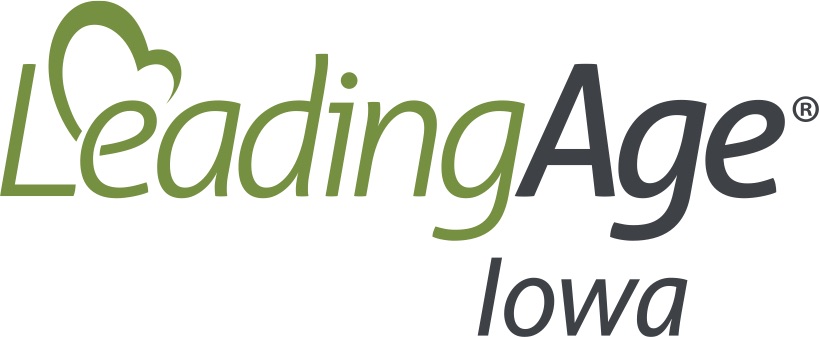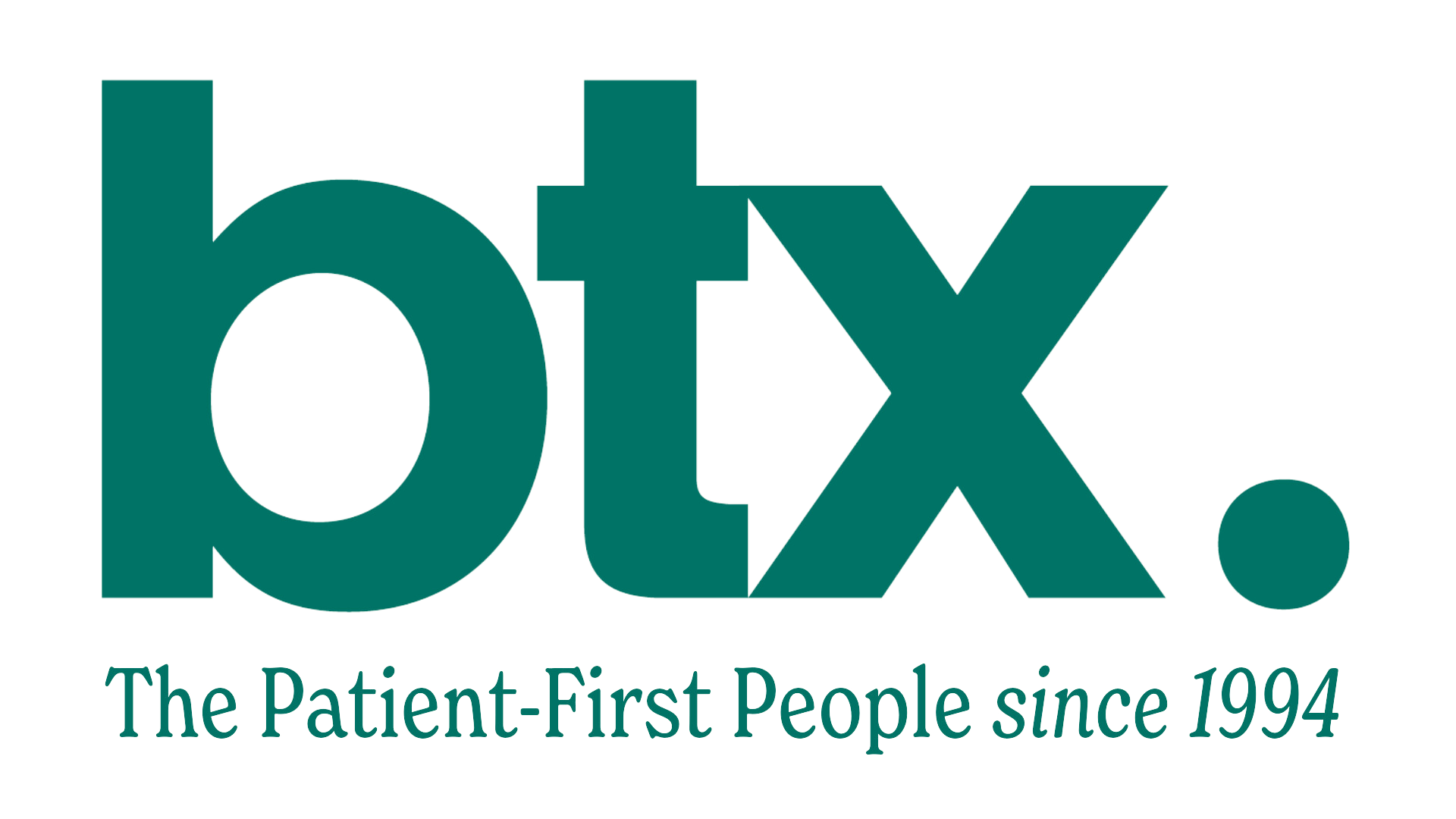Suicide, ideation, and self-harm among older adults are highly prevalent yet minimally researched and uncomfortably discussed topics in the United States. Older adults often exhibit many primary risk factors, including mental illness (especially depression and grief/loss), medical illness, impaired coping skills, social disconnectedness, and functional impairment. Additionally, substance use disorders are a significant issue within this population. As the number of elderly individuals grows, we can expect an increase in substance-related problems and depression leading to suicidal thoughts or attempts. Life transitions, such as changes in housing for oneself or a spouse, exacerbate these risks, making the transition to assisted living or long-term care a crucial time for screening and intervention. It is important for clinicians to be knowledgeable about the clinical presentation, screening methods, and risk assessment as the goal is for timely interventions and referral to appropriate care so life can be preserved. This webinar will discuss the prevalence of suicidality in senior living, the signs and behaviors indicating elevated risk for suicide and substance abuse, screening tools, and intervention strategies during this pivotal time. Who Should Attend Event Schedule Click here for a printer friendly PDF of the event. Register Now
|
|||||||||||||||||














